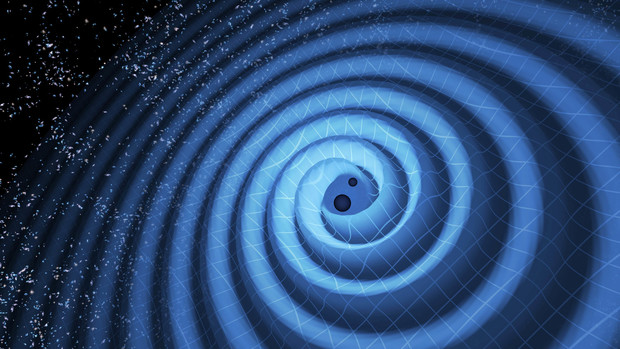Induced Gravitational Wave

(Credit to LIGO group. This is actually the illustration of GW during binary BH merge.)
General Idea
Primordial fluctuations, such as scalar and tensor fluctuations ($h^{(n)}$), are of great importance in the current study of modern cosmology. Large density perturbations with short wavelength can lead to the formation of primordial black holes (PBHs), which have aroused significant interest recently as they can be considered as promising dark matter candidates. Meanwhile, it can also induce long-wavelength GWs inside the horizon or tensor modes outside the horizon, which can be possibly observed by the cosmic microwave background (CMB). The observable of this GW is its energy density, which is proportional to its power spectrum. You can check my related work in the publication list below.
My Research Interest
In my previous work, we uncover a significant one-loop contribution, which was neglected by the previous study. However, in a low-frequency area, this contribution has an extra frequency dependence, making it comparable with the one-loop contribution people are interested in before. Most importantly, we cannot distinguish these two contributions from the observation. Our detailed analysis shows that this new contribution is negative and scale-invariant, and it can reduce the initial tensor power spectrum by at most 35% in the low-frequency region, which can explain the absence of polarization B-modes in the CMB observations.
Publications
- C. Chen, A. Ota, H. Y. Zhu and Y. Zhu, “Missing one-loop contributions in secondary gravitational waves”
